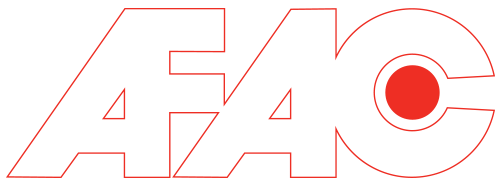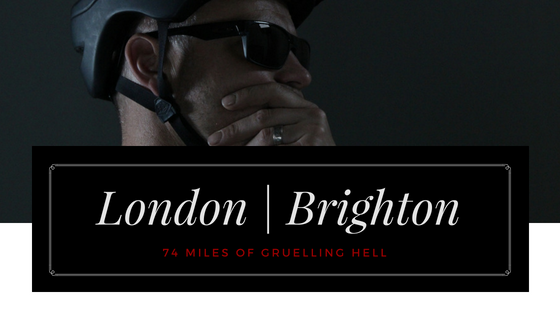It was inevitable that 3D printing would become part of the service AFAC would provide for prototyping parts. For some time the compromise on quality against cost of equipment was too great for the company to bear. As with all technology, the investment costs have been reducing and the quality of outut has been improving.
Recently, a new customer to AFAC contacted us about multiple problems they were experiencing with their existing masking solutions. As with any customer experiencing issues, AFAC set about understanding the causes before proposing solutions.
One of the problems being experienced was a component with a bore to be masked through a plating process. Not just any bore though, this was more complicated than anything the standard ranges could mask efficiently enough to avoid post plating rework.
Working from drawings of the component, AFAC has designed a plug specially for the application. Due to NDA we can’t publish any images. Because of the same NDA, releasing drawings to the mould maker and parts manufacturer in the far east isn’t an option.
For this customer and it’s likely many others, reaching the point of having a final product design and prototype before anything is sent for production is desirable. It protects secrecy, speeds up the prototyping process and enables product modifications more easily.
3D printing a working sample has long been practice in many industries. The products AFAC makes are elastomeric or rubberised. The properties of rubber are built in to designs to improve seal, fit and usability. A hard plastic solution wouldn’t be a satisfactory solution.
Finally, there is a product that reports to have the accuracy, finish and output properties required to prototype simple and complex rubber components for manufacturers.
AFAC is pleased to be running live trials of this solution with the customer mentioned above. If you’re interested in finding out the outcome please get in touch.










